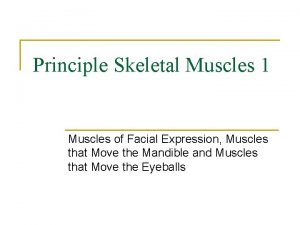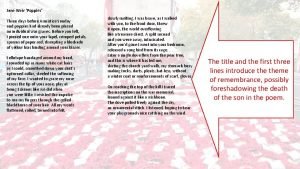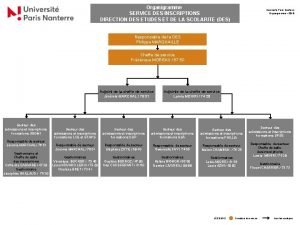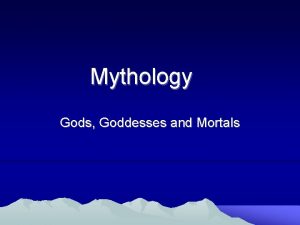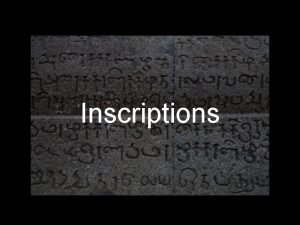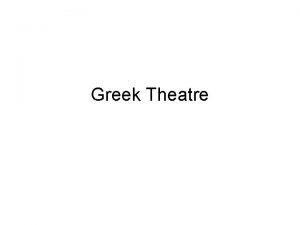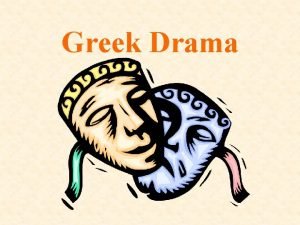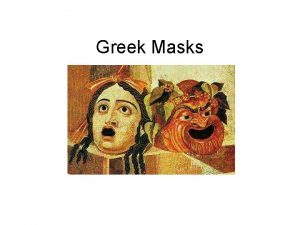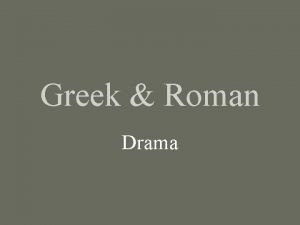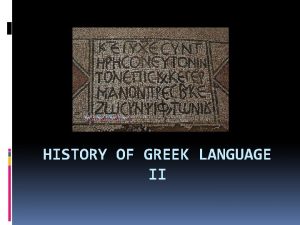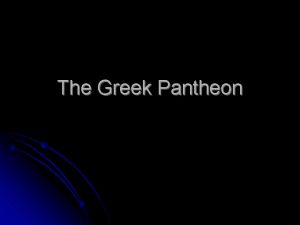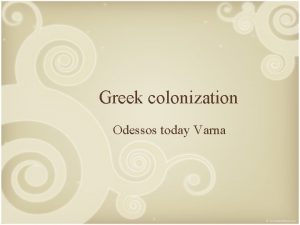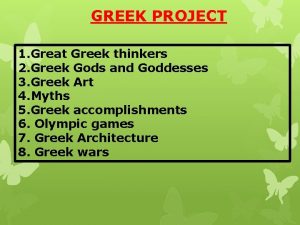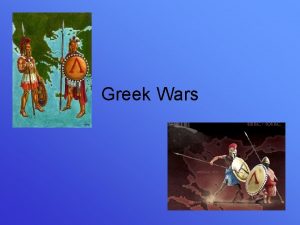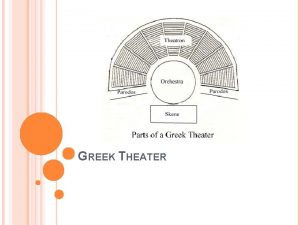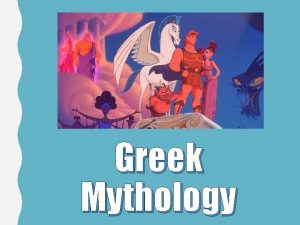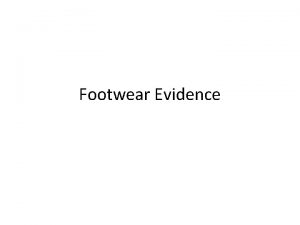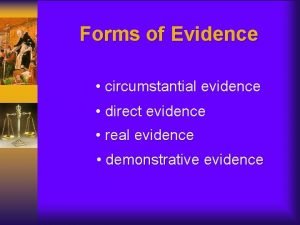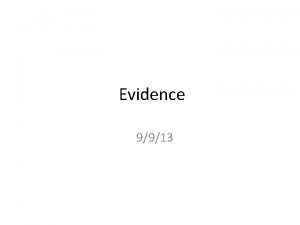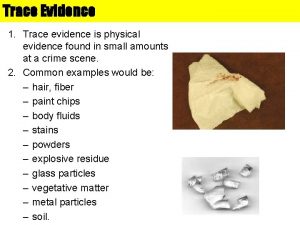LEARNING GREEK FROM INSCRIPTIONS EPIGRAPHIC EVIDENCE FROM THE






















- Slides: 22

LEARNING GREEK FROM INSCRIPTIONS EPIGRAPHIC EVIDENCE FROM THE BLACK-SEA COAST OF MODERN BULGARIA

INTRODUCTION: THE MAIN CORPUS AND MANUALS More than 600 Greek and Latin inscriptions, or fragments of inscriptions, found on the Bulgarian coast of the Black Sea Most of them are included in the monumental corpus Inscriptiones Graecae in Bulgaria repertae (5 vols. , 1956– 1997) by Prof. Georgi Mihailov, its first volume being titled Inscriptiones orae Ponti Euxini Manuals and monographs: 1. G. Mihailov, La langue des inscriptions grecques en Bulgarie. Phonétique et morphologie (Sofia: Sofia University Press, 1943); 2. Mirena Slavova, Phonology of the Greek Inscriptions in Bulgaria (Stuttgart: Steiner Verlag, 2004)

INTRODUCTION: GREEK APOIKIAI ON THE WEST BLACK-SEA COAST

INTRODUCTION: GREEK APOIKIAI ON THE WEST BLACK-SEA COAST More than 50 poleis or smaller settlements founded in four main directions: “Thracian”, “Scythian”, “Colchidian” and “Anatolian” The metropoleis: mostly Miletus and Megara between 7 th and 5 th c. B. C.

INTRODUCTION: GREEK APOIKIAI ON THE WEST BLACK-SEA COAST Trade as main economic activity: corn, metals, slaves, furs, etc. No islands: ambiguous relations to the barbarian hinterland the local tribes Different metropoleis, different Greek dialects: Ionic in the Milesian colonies, Doric in the Megarian ones

I. APOLLONIA PONTICA Founded by the Milesians sometime in the late 7 th c. B. C. Oikistes: Anaximander of Miletus, the famous philosopher (who is, however, born at about the same time)

I. APOLLONIA PONTICA

I. APOLLONIA PONTICA

I. APOLLONIA PONTICA

I. APOLLONIA PONTICA

I. APOLLONIA PONTICA

I. APOLLONIA PONTICA

I. APOLLONIA PONTICA

II. MESAMBRIA Founded by Megara (and possibly Khalkedon) sometime in the late 6 th c. B. C. (according to ancient historiography, about the time of King Darius’s campaign in Scythia) Main deitites: * Ζεὺς Ὑπερδέξιος and Ἀθανᾶ (or Ἀθαναία) Σώτειρα * festivals of Dionysos, Demeter and the Dioskouroi

II. MESAMBRIA Doubtful etymology: Melsa / Mena + bria

II. MESAMBRIA

II. MESAMBRIA

III. 1. THE KITEN ANCHORS

III. 2. THE SINEMORETS GOLD PLATE


III. 3. THE AQUAE CALIDAE INSCRIPTION

III. 4. RELIQUARIUM OF ST. JOHN THE BAPTIST
 Musculus brachioradialis
Musculus brachioradialis The world overflowing like a treasure chest
The world overflowing like a treasure chest Service des inscriptions nanterre
Service des inscriptions nanterre Cuadro comparativo e-learning m-learning b-learning
Cuadro comparativo e-learning m-learning b-learning Secondary sources
Secondary sources Primary evidence vs secondary evidence
Primary evidence vs secondary evidence Secondary sources
Secondary sources Primary evidence vs secondary evidence
Primary evidence vs secondary evidence Primary evidence vs secondary evidence
Primary evidence vs secondary evidence Why are fibers considered class evidence
Why are fibers considered class evidence Class evidence vs individual evidence
Class evidence vs individual evidence How can class evidence narrow a field of suspects
How can class evidence narrow a field of suspects Class evidence vs individual evidence
Class evidence vs individual evidence Define ecological fallacy
Define ecological fallacy The greek miracle
The greek miracle Hình ảnh bộ gõ cơ thể búng tay
Hình ảnh bộ gõ cơ thể búng tay Frameset trong html5
Frameset trong html5 Bổ thể
Bổ thể Tỉ lệ cơ thể trẻ em
Tỉ lệ cơ thể trẻ em Voi kéo gỗ như thế nào
Voi kéo gỗ như thế nào Thang điểm glasgow
Thang điểm glasgow Alleluia hat len nguoi oi
Alleluia hat len nguoi oi Các môn thể thao bắt đầu bằng tiếng bóng
Các môn thể thao bắt đầu bằng tiếng bóng
